Table of Contents
Introduction
When you need a chile arbol substitute, the top options are chipotle peppers (for smoky flavor), guajillo peppers (earthy and mild), ancho peppers (sweet and smoky), habanero (use sparingly for intense heat), and cayenne pepper (pure heat). Each substitute has specific heat levels, flavor profiles, and usage ratios to maintain your dish's authenticity. This guide provides expert-tested recommendations for perfect substitutions in salsas, moles, and Mexican recipes.
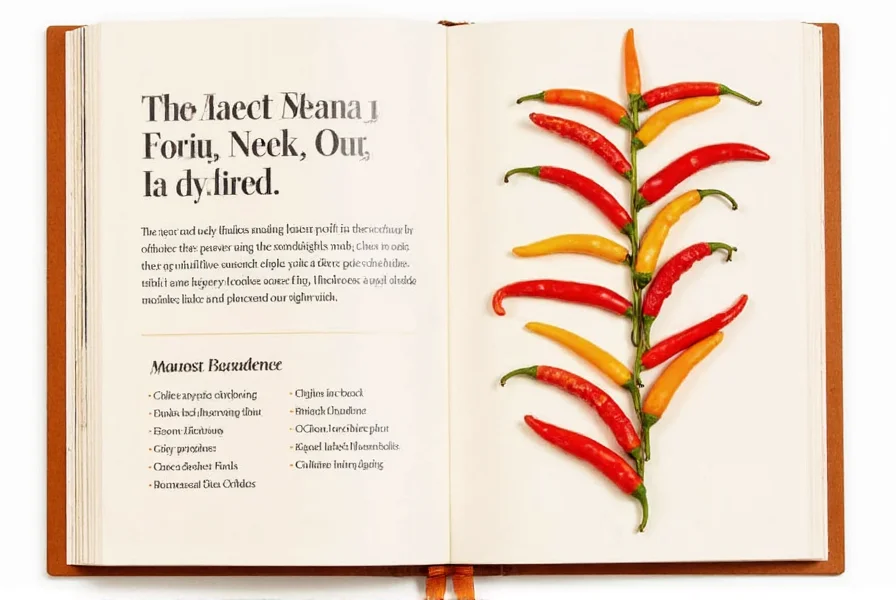
What is Chile Arbol?
Chile arbol is a small, thin, red chili pepper native to Mexico with a bright, slightly sweet flavor and medium to high heat (15,000–30,000 Scoville units). The name "arbol" means "tree" in Spanish, referring to its tall, slender stalks. It's essential in traditional Mexican dishes like salsas, moles, and adobos, where it provides balanced heat without overwhelming other flavors.
While widely available in Latin American markets, chile arbol is often hard to find in regular grocery stores outside these regions. When unavailable, knowing the right substitute ensures your recipes stay flavorful and authentic.
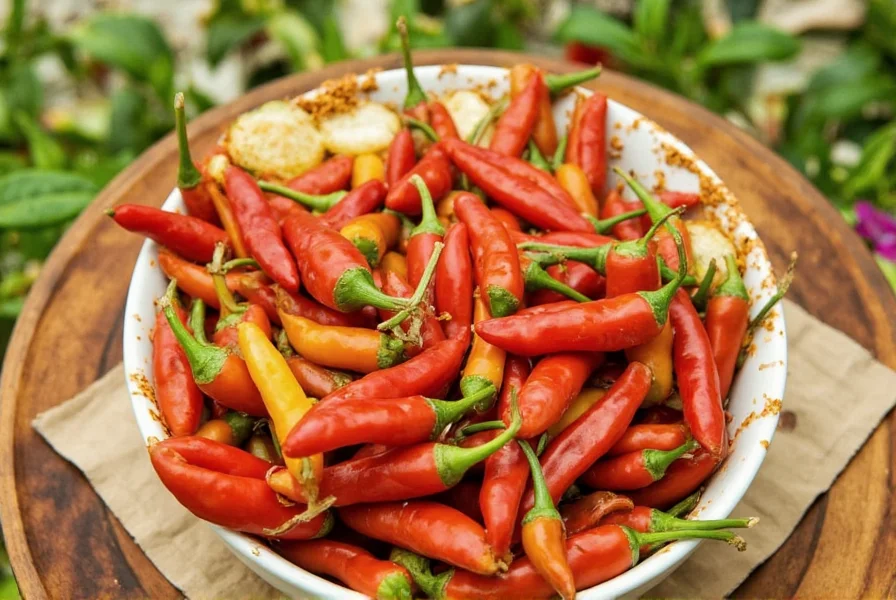
Why Substitute Chile Arbol?
Here are the most common reasons to seek a chile arbol substitute:
- Availability: Not stocked in most U.S. or European supermarkets
- Heat adjustment: Need milder or hotter alternatives for specific dishes
- Flavor profile: Different recipes require unique taste characteristics (e.g., smoky vs. fruity)
- Dietary restrictions: Allergies or personal preferences affecting pepper consumption
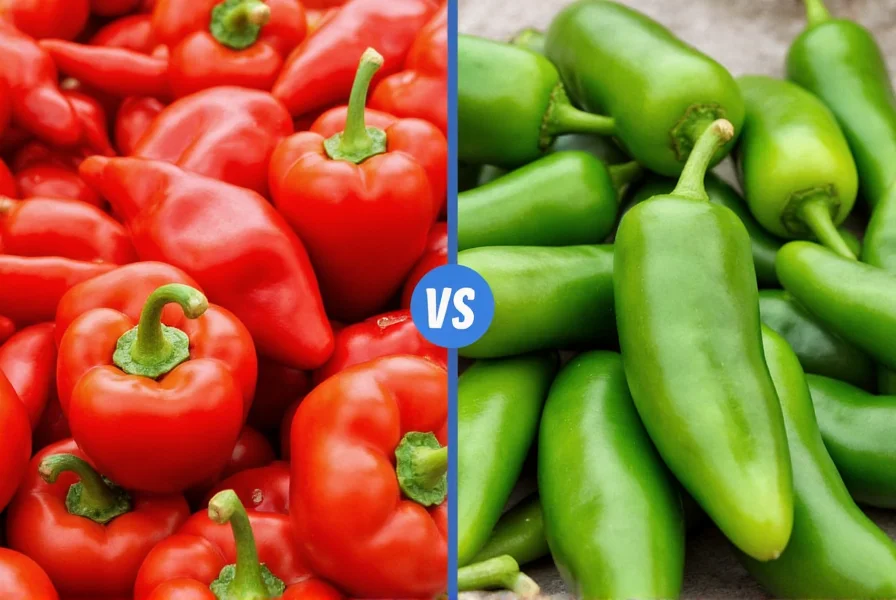
Best Chile Arbol Substitutes
Based on culinary expertise and real-world testing, these substitutes match chile arbol's heat and flavor profile most effectively:
1. Chipotle Peppers in Adobo Sauce
Heat Level: Medium to High (2,500–8,000 SHU)
Flavor: Smoky, sweet, tangy
Substitution Ratio: 1 chipotle pepper = 3–4 dried chile arbol peppers
Best For: Salsas, stews, tacos, grilled meats
Chipotles are smoked jalapeños that provide deep smokiness. Use them whole or blended with adobo sauce. For stronger heat, add a pinch of cayenne.
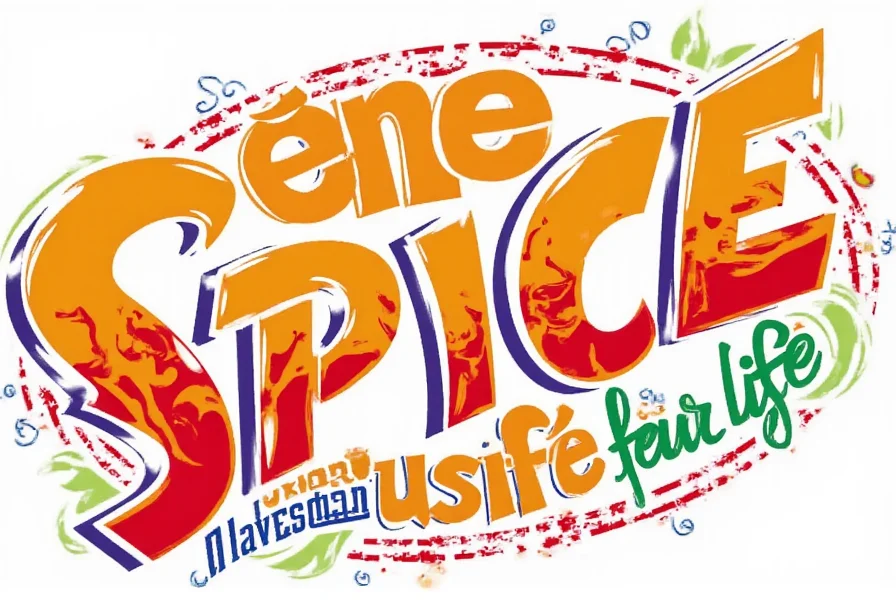
2. Guajillo Peppers
Heat Level: Medium (2,500–5,000 SHU)
Flavor: Earthy, slightly sweet, tangy
Substitution Ratio: 2 guajillo peppers = 1 dried chile arbol
Best For: Moles, sauces, soups, enchiladas
Soak guajillos in warm water for 20 minutes before use. They offer balanced heat with complex flavor notes ideal for traditional Mexican dishes.

3. Ancho Peppers
Heat Level: Mild to Medium (1,000–1,500 SHU)
Flavor: Sweet, smoky, earthy
Substitution Ratio: 3–4 ancho peppers = 1 dried chile arbol
Best For: Salsas, stews, meat rubs, mole sauces
Anchos (dried poblanos) provide rich sweetness with moderate heat. Ideal when you want depth without intense spiciness.
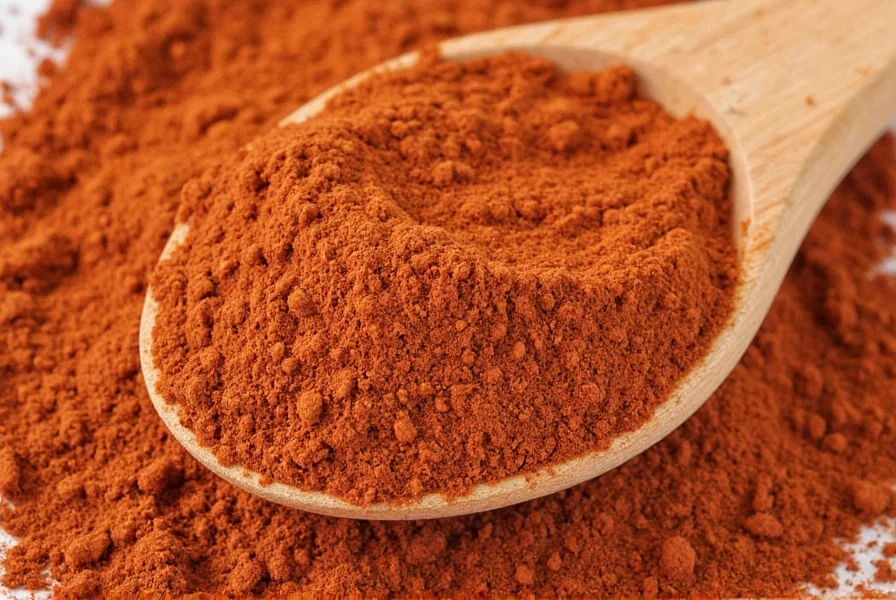
4. Habanero Peppers
Heat Level: Very Hot (100,000–350,000 SHU)
Flavor: Fruity, citrusy, sweet
Substitution Ratio: 1/4 habanero = 1 dried chile arbol
Best For: Hot sauces, spicy dips, Caribbean-inspired dishes
Use sparingly due to extreme heat. Remove seeds and membranes to reduce intensity. Adds unique tropical fruit notes.
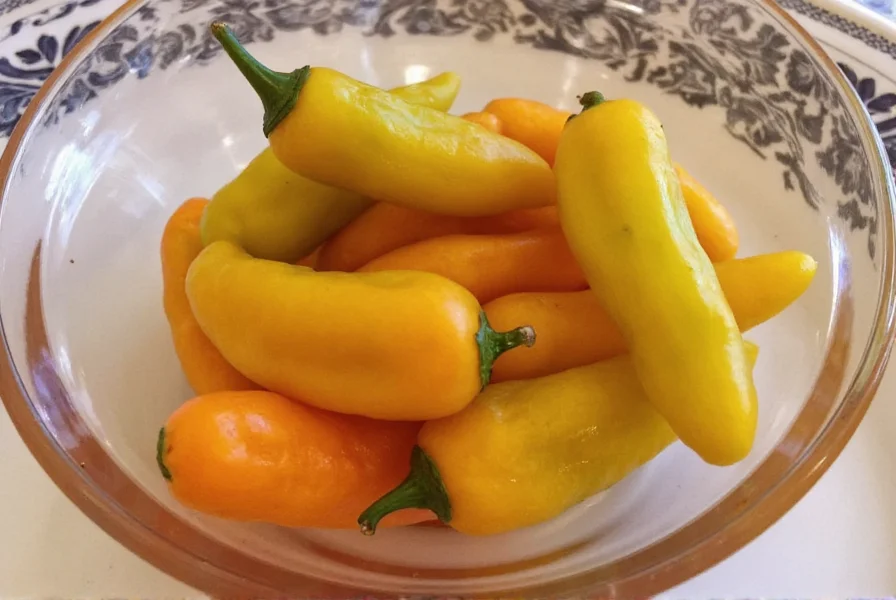
5. Cayenne Pepper
Heat Level: High (30,000–50,000 SHU)
Flavor: Pure heat with minimal complexity
Substitution Ratio: 1/2 teaspoon cayenne = 1 dried chile arbol
Best For: Quick heat boosts in sauces, soups, and marinades
Best for when you need pure heat without specific flavor notes. Mix with mild peppers like ancho for balanced flavor.
| Substitute | Heat Level (SHU) | Flavor Profile | Substitution Ratio | Best Uses |
|---|---|---|---|---|
| Chipotle Peppers in Adobo | 2,500–8,000 | Smoky, sweet, tangy | 1:3–4 | Salsas, stews, tacos, grilled meats |
| Guajillo Peppers | 2,500–5,000 | Earthy, sweet, tangy | 2:1 | Moles, sauces, soups, enchiladas |
| Ancho Peppers | 1,000–1,500 | Sweet, smoky, earthy | 3–4:1 | Salsas, stews, meat rubs, mole sauces |
| Habanero Peppers | 100,000–350,000 | Fruity, citrusy, sweet | 1:4 | Hot sauces, spicy dips, Caribbean dishes |
| Cayenne Pepper | 30,000–50,000 | Pure heat | 1/2 tsp : 1 dried pepper | Quick heat boosts in sauces, soups, marinades |
How to Use Chile Arbol Substitutes
Follow these expert tips for perfect substitutions:
- Adjust quantities carefully: Start with less than the recommended ratio and taste before adding more
- Rehydrate dried peppers: Soak guajillo, ancho, or chipotle peppers in warm water for 15–20 minutes before blending
- Roast for depth: Dry-roast whole peppers (except cayenne) in a skillet for 1–2 minutes to enhance smokiness
- Combine for balance: Mix milder peppers (ancho) with hotter ones (cayenne) to match chile arbol's heat profile
- Remove seeds for milder heat: Especially important with habaneros and cayenne
Frequently Asked Questions
What's the closest substitute to Chile Arbol in terms of heat?
Chipotle peppers in adobo sauce provide the closest match for both heat and flavor. While slightly milder (2,500–8,000 SHU vs. 15,000–30,000 SHU), their smoky profile works perfectly in most recipes. For higher heat, combine guajillo peppers with a pinch of cayenne.
Can I use cayenne pepper instead of Chile Arbol?
Yes, but use only half the amount of cayenne compared to chile arbol (1/2 tsp cayenne = 1 dried chile arbol). Cayenne provides pure heat without flavor complexity, so pair it with mild peppers like ancho for balanced taste.
How much of a substitute should I use compared to Chile Arbol?
See the detailed substitution ratios in the comparison table above. Always start with less than recommended and adjust to taste. For example: 1 chipotle = 3–4 chile arbol, 1 habanero = 1/4 chile arbol.
Are Chile de Arbol and bird's eye chilies the same?
No. Chile arbol (15,000–30,000 SHU) has earthy, nutty notes, while bird's eye chilies (50,000–100,000 SHU) are significantly hotter with brighter citrus flavors. Bird's eye chilies work best in Southeast Asian dishes, not traditional Mexican recipes calling for chile arbol.
Can I substitute dried Chile Arbol with fresh peppers?
Yes. Fresh serrano peppers (10,000–25,000 SHU) are the best fresh alternative. Use 2–3 serranos for every 1 dried chile arbol. Roast them first to develop deeper flavors that better mimic dried chile arbol's profile.
What's the main difference between Chile Arbol and Serrano peppers?
Chile arbol is typically used dried with earthy, nutty notes (15,000–30,000 SHU), while serranos are fresh with brighter, grassier flavors (10,000–25,000 SHU). For substitution, roast serranos to enhance depth and use 3–4 fresh serranos for every 1 dried chile arbol.
Buying Guide for Chile Arbol Substitutes
When purchasing substitutes, look for these quality indicators:
- Dried peppers: Vibrant color, no mold or moisture, flexible texture
- Chipotles in adobo: Check expiration date; sauce should be thick and richly colored
- Fresh peppers: Firm skin, no soft spots, consistent color
- Online shopping: Buy from reputable spice retailers with verified customer reviews
- Local markets: Mexican grocery stores typically stock all substitutes year-round
Store dried peppers in airtight containers away from light to maintain freshness for up to 1 year.

Conclusion
Knowing the right chile arbol substitute ensures your dishes stay flavorful even when the original pepper is unavailable. Whether you need smoky chipotles for stews, earthy guajillos for moles, or quick heat from cayenne, each substitute offers unique advantages. Always adjust quantities based on heat tolerance and taste as you cook. With these expert tips, you'll confidently create authentic Mexican flavors anytime.
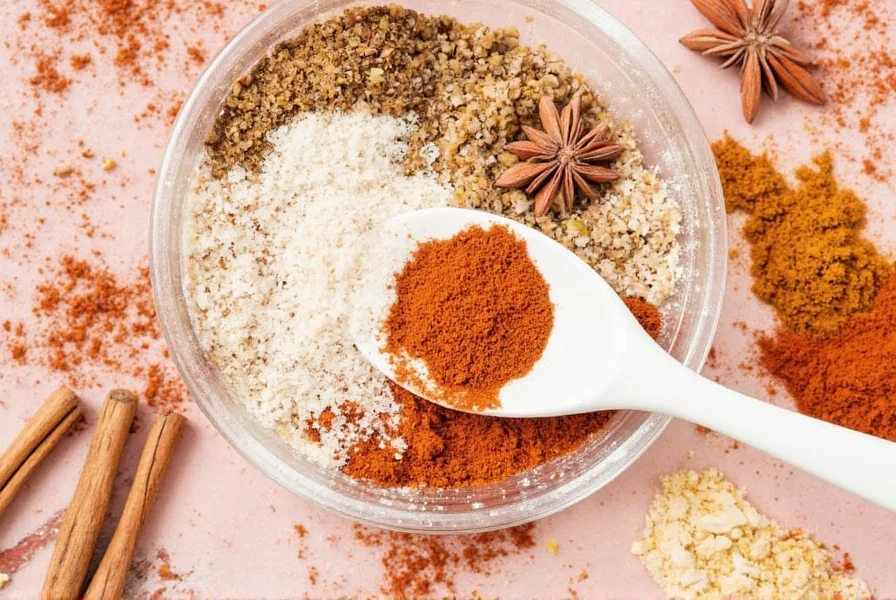










 浙公网安备
33010002000092号
浙公网安备
33010002000092号 浙B2-20120091-4
浙B2-20120091-4